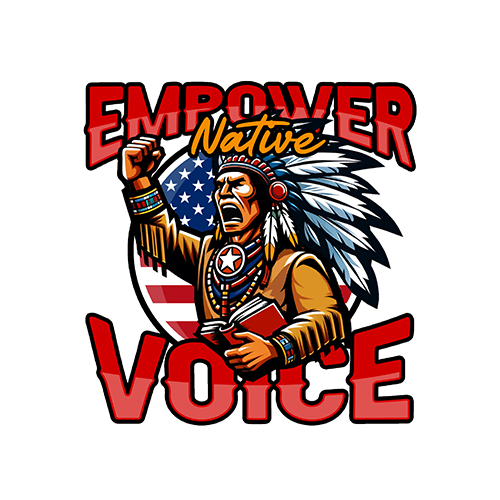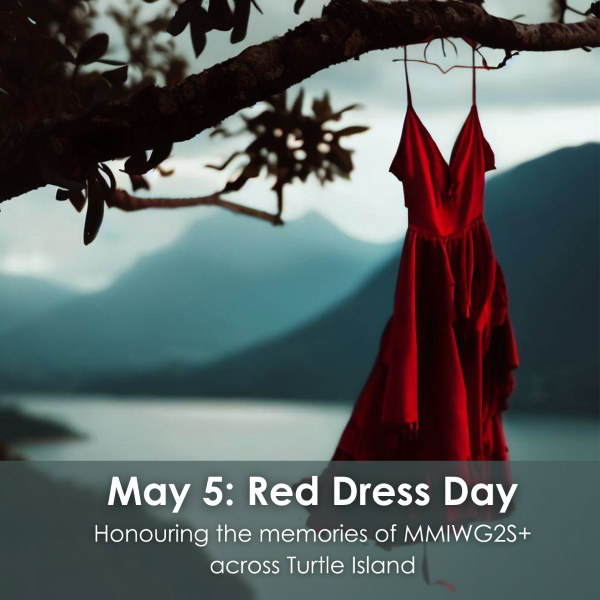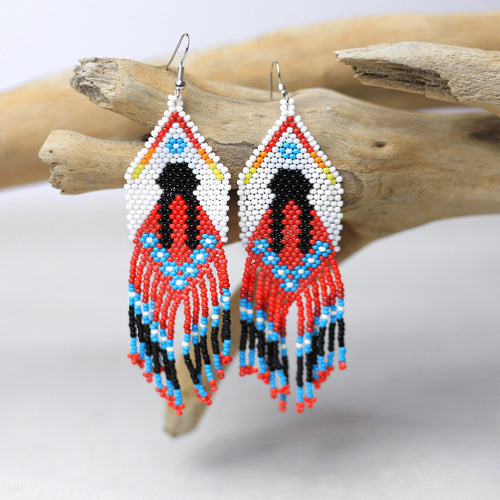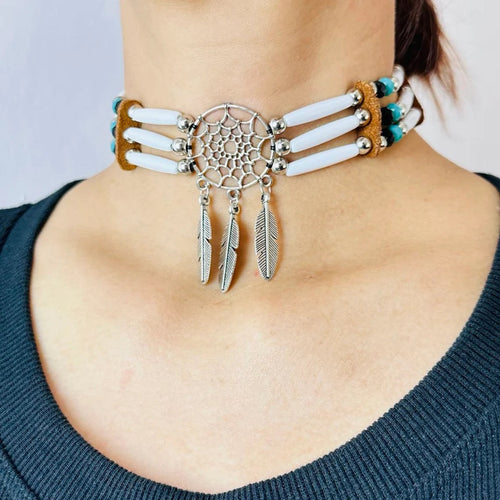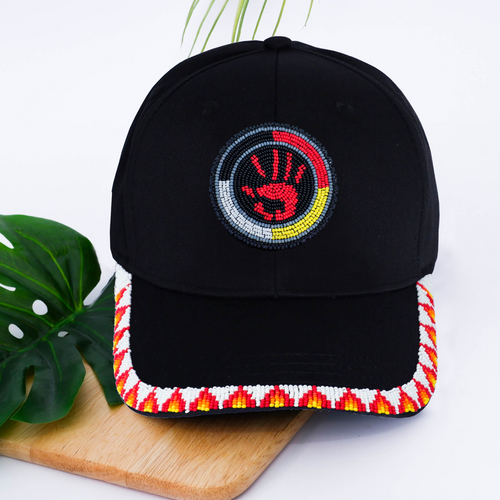Content Warning: Discussion of sexual violence including rape and sexual assault.
In the summer of 2017, I read a news story about a young Native American woman named Savanna LaFontaine-Greywind. A citizen of the Spirit Lake Tribe of North Dakota, Savanna lived with her parents and siblings in a tidy, working-class neighborhood in Fargo. After entering their apartment building one afternoon, she had vanished. She was 22 and eight months pregnant.
From my home in Los Angeles nearly 2,000 miles away, I followed Savanna’s story. Early on, her family had created an official Facebook page to update the public and solicit help in finding her. Savanna’s page had drawn thousands of followers, many from tribal nations, but also thousands of strangers who had never met the young aspiring nurse. About a week after she went missing, Fargo police arrested the white couple who lived upstairs. On a sultry August night, as Savanna’s relatives and friends gathered anxiously in the front yard, police emerged from the building carrying Savanna’s infant. Yet, Savanna was nowhere to be found.
A few days later, her body was pulled from the Red River.
Savanna’s heartbreaking murder did something extraordinary. It starkly illuminated the horrific levels of sexual and physical violence Native American women and girls had endured since colonization. In 2016, a report from the National Institute of Justice found that Native women were more than twice as likely to been raped or sexually assaulted as any other group of females in the country. Other numbers were equally staggering: in 2018, an Urban Indian Health Institute survey found that out of the 5,712 Alaska Native and American Indian women and girls known to be missing, only 116 were logged into the Department of Justice’s federal missing persons’ database. Because the government didn’t systematically track murdered and missing Indigenous women (MMIW) cases, there were undoubtedly countless more. Because of a confusing matrix of jurisdictional laws, perpetrators of this ongoing violence went largely unpunished. Families seeking justice for their loved ones were routinely dismissed or ignored.
I wrote Searching for Savanna: The Murder of One Native American Woman and the Violence Against the Many to honor the remarkable young woman Savanna was. But I also wrote this book because I was stunned by how little media coverage this crisis of missing and murdered Indigenous women had received, and how few people I spoke with were even aware of it. I hoped to illuminate this unseen violence, its historic, cultural and political underpinnings. But I also wanted to highlight another little-known story: the decades-long movement by Native American advocates and organizations to end this violence.
On a cloudy afternoon on February 15, 2017, a handful of Native women advocates gathered in Washington, DC. They had come to this small airless room in the Senate’s Hart Building to brief Congress on the issue of missing and murdered Native women and girls. Some of the advocates had been venturing to such rooms for decades, to present their case, educate political leaders, and fight for legislation to protect Indigenous women. There had been progress, but not nearly enough.
Today, they were there to promote a benign resolution: a one-page document calling for a “National Day of Awareness for Missing and Murdered Native Women and Girls.” The day would fall on May 5, 2017, in memory of Hanna Harris, who would have turned twenty-five had she lived. Nearly two hundred tribal organizations had signed on in support.
Harris, a member of the Northern Cheyenne Tribe, was twenty-one when she disappeared on July 4, 2013, in Lame Deer, Montana. The previous night she had gone to meet some friends. Like many Native women who vanish inexplicably, Harris was a mother, the devoted single parent of a ten-month-old son. Yet police didn’t feel the need to look for her, because she was an adult. “When I reported my daughter missing,” Melinda Harris Limberhand said later, “I was told by the police chief, ‘She’s probably scared to come home.’” She was told she could search for her daughter herself.
Five days after she was last seen, Hanna’s decomposed body was found near the Lame Deer rodeo grounds on the Northern Cheyenne Reservation. Her pants were yanked down, her shirt and bra shoved up. Her remains were in such poor condition that officials couldn’t determine a cause of death. A man named Garrett Sidney Wadda and his girlfriend, Eugenia Rowland, eventually were charged.
The crime was gut-wrenching. Wadda had sexually assaulted Hanna in his aunt’s mobile home, as his girlfriend lay blackout drunk nearby. When she awoke, it was to Hanna screaming that she was being raped. Enraged, Rowland beat her until she was unconscious. According to Rowland, Wadda struck Hanna, too, then dumped her body. Incredibly, he then joined Hanna’s family in the long days they looked for her.
After testifying against his former girlfriend, Wadda got ten years in prison for rape and being an accomplice. Rowland, who was convicted of murder, was sentenced to twenty-two years. Her daughter’s killing galvanized Melinda Harris Limberhand. She became a leader in the MMIW movement, one of Montana’s fiercest advocates.
At the Senate hearing, advocates and survivors from Indian Country’s most respected women’s organizations waited to speak. They had come in guarded hope. Among them were Jana L. Walker, a senior attorney at the Indian Law Resource Center and director of its Safe Women, Strong Nations Project; Tami Truett Jerue, director of the Alaska Native Women’s Resource Center, a cosponsor of the briefing; and Cherrah Giles, chairwoman of the National Indigenous Women’s Resource Center board of directors, another cosponsor.
Republican senator Lisa Murkowski of Alaska, who supported the resolution to designate May 5 a national day of awareness to honor missing and murdered women and girls, would say a few words. Montana senators Steve Daines and Jon Tester would also urge their colleagues to pass the resolution. It was 1:30 p.m. They had an hour to make their case.
One by one, advocates on the panel told stories, recited numbers. They raised the imprint of colonization on the brutal violence against Native women today. “These are not new crimes, but a pattern of crimes that has existed for decades upon decades,” said Terri Henry, cochair of the NCAI Task Force on Violence Against Women, a member of the Eastern Band of Cherokee Indians.
No corner of tribal lands was untouched. Truett Jerue spoke about Alaska. Her group, in just a few meetings, had compiled a list of fifty Native women who’d been kidnapped or killed in the thinly populated state. “It’s appalling,” she said.
Another speaker was Amanda Takes War Bonnet, public education specialist for the Native Women’s Society of the Great Plains, a grassroots organization focusing on sexual assault, dating violence, and sex trafficking. On the plane to Washington, DC, the Oglala Sioux tribal member had tucked in her bag a miniature traditional dress, a symbol of Native women’s identity. It was one of dozens her group had made with families to honor their vanished loved ones, keep them from being forgotten. Now, the ivory buckskin dress was displayed on a table in the Senate room. Long red fringes dangling from the royal blue sleeves, another curtain of red fringe from the hem to the floor. Seven embroidered stars were scattered across the chest and sleeves, to remind lawmakers of Emily Blue Bird, whose Lakota name was Wichapi Sakowin Win. Steven Stars Woman.
Like most Native women her age, Amanda Takes War Bonnet carried a story, embedded in memory. “I had an aunt who went missing years ago when I was a child,” she recalled in a phone interview. “I saw the trauma my mother went through. They couldn’t find her body for so long. Her husband killed her. That was part of my testimony, seeing the frustration of families when they have somebody go missing. There’s such a lack of response from tribal law enforcement.”
She mentioned Emily Blue Bird, a twenty-four-year-old mother of two. She vanished from Pine Ridge Reservation in South Dakota. It was almost three weeks before she was unearthed in January 2016, strangled. “The police couldn’t find her. The local law enforcement couldn’t find her. Her family found her partially buried near a creek.” Emily’s family pressed authorities hard to solve her killing. In July 2018, Elizabeth Ann LeBeau was sentenced to twenty-five years in prison for second-degree murder. Fred Quiver, an accessory to the murder, pleaded guilty and got fifteen years.
She mentioned Larissa Lone Hill, a twenty-one-year-old Lakota woman. She was petite, with brown eyes and long brown hair, and mother of a two-year-old daughter. She was last seen in Rapid City, South Dakota, on October 3, 2016. “When Larissa went missing, it was between reservation land and state land. She went into Rapid City, then she went missing. We have no idea where she could be.”
In spring of 2020, they still didn’t. By then the National Day of Awareness for Missing and Murdered Indigenous Women was enshrined in federal law. On May 5, the day of awareness, Larissa’s mother, Lisa, posted a photo on the Facebook page “Searching for Larissa Lone-Hill.” It showed the Lakota mother, a sweet smile on her weathered face, holding a baby quilt splashed with images of her lost daughter. She wore a red T-shirt. To many tribes in North America, red has a potent meaning, and is known as the only color spirits see. Wearing red is believed to summon the missing spirits of women and children so they can be laid to rest. That is why it is the color of the MMIW movement, to call attention to the missing and murdered.
That day, families, movement leaders, and MMIW groups across the country couldn’t gather as they usually did, to march, hold prayer circles, take part in walks. The coronavirus was raging, particularly across rural Native communities. But thousands of virtual tributes and discussions occurred. The internet was filled with images of missing and murdered loved ones.

‘Searching for Savanna’ Tells the Story of Missing and Murdered Indigenous Women and Girls

